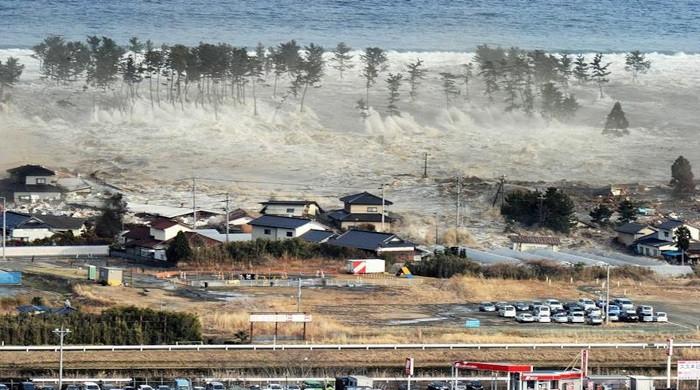On Wednesday, Tsunami alerts were issued in certain parts of the Pacific after an earthquake of amplitude of 8.7 off the farm of Russia.
Here are key facts on tsunamis and damage they can cause:
Water shock
A tsunami is a water shock that spreads through the sea, generally triggered by a strong earthquake under the bottom of the ocean.
The sudden and violent movement of the earth’s crust can go up or down a section of the seabed, the rift moving large quantities of water which move in the form of waves.
Tsunamis radiate in all directions from their source and can cover huge distances, sometimes at the speed of a jet plane.
They are a rare phenomenon but can create dangerously powerful currents and cause deadly floods in coastal areas.
Other causes
Large earthquakes are the main engine of tsunamis, but the phenomenon can also be triggered by other cataclysmic geographic events, such as volcanic eruptions and landslides.
In 1883, a volcano broke the Krakatoa Pacific Island, causing an explosion that could be heard at 4,500 kilometers (2,800 miles), followed by a tsunami that killed around 30,000 people.
Large storms or a meteorite falling into the ocean can also be powerful enough to cause a tsunami, according to the National Oceanic and Atmospheric American administration.
‘Wave of port’
The word “tsunami” comes from Japanese words for “port” and “vague”.
Tsunamis are sometimes called “tidal waves”, but experts say that it is inaccurate because they are not linked to the tides.
At their generation point, tsunamis have a relatively small wave height, with distant peaks.
While the waves approach the shore, they are compressed by the seabed shelves, reducing the distance between the peaks and considerably increasing the height.
When they struck the coast, tsunami waves can knock on several times over several hours, even days.
Roman historian
For those on shore, the first sign of something that may be retreating the sea, which is followed by the arrival of large waves.
“The sea was pushed back and its waters moved to such an extent that the deep seabed was exposed and that many types of marine creatures could be seen,” wrote Roman author Ammianus Marcellinus of a tsunami who struck Alexandria in 365 AD.
“Huge water masses have flowed back when you expected, and now exceeded and killed several thousand people … Large ships were launched by the fury of the waves on the roofs.”
How much damage?
Several factors determine the height and destructiveness of a tsunami.
They include the size of the earthquake, the volume of the water moved, the topography of the seabed and if there are natural obstacles that suffocate the shock.
The Pacific Ocean is particularly subject to earthquakes and therefore to tsunamis, but during millennia, tsunamis have occurred in many regions of the world.
The tsunami of December 2004 in the Indian Ocean was caused by an earthquake of amplitude of 9.1 off the Indonesian island of Sumatra.
He released energy equivalent to 23,000 of the atomic bombs fallen on Hiroshima, according to the US Geological Survey (USGS). About 220,000 people in 11 countries have been killed, including many thousand kilometers from the epicenter.




